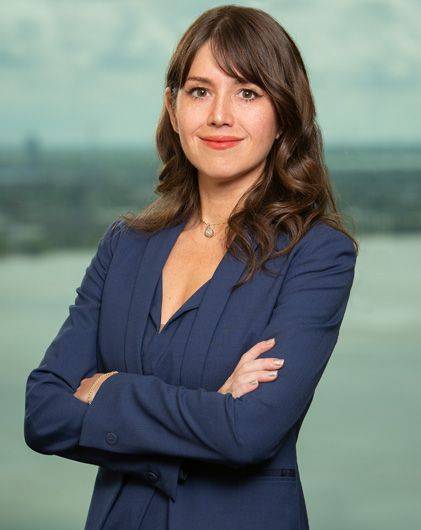2022 EPA Construction General Permit Clears Up Some Rules and Sets New Ones for Construction Operators
The Environmental Protection Agency just finalized its 2022 National Pollutant Discharge Elimination System (NPDES) Construction General Permit (CGP). The CGP authorizes stormwater discharges from construction projects in jurisdictions where EPA is the NPDES permitting authority. It took effect Feb. 17 and includes a number of major changes from the prior CGP.
Who is impacted?
The CGP applies to operators of construction sites in jurisdictions where EPA is the permitting authority. Although most states oversee their own stormwater discharge permitting systems and publish state-specific CGPs, EPA retains permitting authority in a handful of jurisdictions, including:
-
- Massachusetts
- New Hampshire
- New Mexico
- District of Columbia
- Puerto Rico
- All U.S. territories except the Virgin Islands
Other operators that fall within EPA’s authority and are regulated by the new 2022 CGP include federal operators in Colorado, Delaware, Vermont, Washington and most Indian Country lands, and operators involved in certain activities in specific states, such as oil and gas projects in Oklahoma.
Even states that oversee their own permitting systems often use the EPA CGP as a model for the state-specific CGPs, so it is important for operators to understand the changes EPA has made to prepare for what may be coming for their own state of operation.
What new requirements does the 2022 CGP include?
The 2022 CGP includes a number of new requirements that operators must fulfill to comply with the terms of their permit. Some of the bigger changes include the following:
-
- Detailed perimeter control installation and maintenance requirements, including requirements that sediment controls be installed along any perimeter areas of a site that are downslope from exposed soil or other disturbed areas.
- New pollution prevention requirements for chemicals stored on-site, depending on the volume of their containers.
- Detailed requirements for dewatering discharges, including that all dewatering water must be routed through a sediment control to prevent visual turbidity and new dewatering inspection requirements.
- New monitoring requirements for turbidity. The 2022 CGP now requires operators to conduct turbidity “benchmark” monitoring for sites discharging to sensitive waters.
- New training requirements for personnel conducting site inspections, though this requirement does not take effect until Feb. 17, 2023.
- New photograph requirements for the Notice of Termination (NOT). Operators must now submit photographs of the stabilized areas of their site after the completion of construction with their NOTs.
How does the 2022 CGP clarify existing requirements?
The 2022 CGP also includes some important clarifications to pre-existing requirements that help operators better understand their obligations.
-
- The 2022 CGP clarifies the difference between fixes to stormwater controls that are considered “routine maintenance” and those that are considered “corrective action.”
- Stabilization deadlines and inspection schedules in arid and semi-arid areas. The 2022 CGP now clarifies that the “seasonally dry period” is any month in which the long-term average precipitation is less than or equal to 0.5 inches.
- Added pollution control flexibility for some construction wastes depending on whether:
-
- The exposure to precipitation and stormwater will not result in a discharge of pollutants.
- Exposure of a specific material or product poses little risk of stormwater contamination.
-
- Inspection requirements during storm events. The 2022 CGP explains the inspection requirements for operators choosing the alternative 14-day inspection schedule during storm events.
- Electronic storage of documents. The 2022 CGP expressly states that Stormwater Pollution Prevention Plans (SWPPPs), inspection reports and corrective action logs may be kept in electronic form rather than physical form on-site, subject to certain electronic recordkeeping requirements.
Please contact David Topping, Sophie Gray or any member of Phelps’ Environmental team if you have questions or need compliance advice or guidance.



